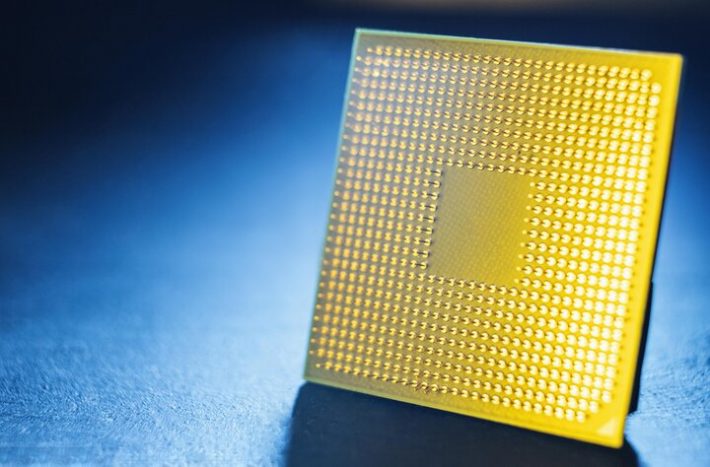Digi’s XBee Modules Part of Initiative to Test Performance of Wireless Sensor Networks in Space
Digi International®, (NASDAQ: DGII), the M2M solutions expert, announced that its XBee® ZigBee modules will be used by the National Aeronautics and Space Administration (NASA) as part of a program to determine potential applications of wireless technologies in space. The launch is scheduled to take place from NASA’s Wallops Flight Facility in Virginia on July 7, 2015.
The NASA Sounding Rocket Program provides opportunities for suborbital flight through the Flight Opportunities Program for early flight evaluation of promising technology. The flight plan calls for the SOAREX (Sub-Orbital Aerodynamic Re-entry Experiments) payload (eighth of the series) to be delivered by a suborbital rocket to roughly 250 miles above earth to test new “Exo-Brake” technology – a specially-designed braking device that operates similar to a parachute at extremely high speeds and low air pressures. A new de-orbit technique, Exo-Brakes are being considered as possible solutions for returning cargo from the International Space Station (ISS), orbiting platforms or as possible landing mechanisms in low-density atmospheres.
As part of a five-node network, XBee ZigBee will be used to monitor Exo-Brake performance data that encompass 3-axis acceleration parameters as well as temperature and air pressure. The payload avionics will relay the XBee data to earth via an Iridium satellite. Specifically, the XBee modules will be used to create the wireless sensor data network for the Exo-Brake and transfer the data to the Iridium uplink.
Typically, sensor devices collecting atmospheric readings are connected with wiring, but as part of a “wireless-in-space” effort conducted by the NASA Engineering and Safety Center, NASA is determining if it can augment traditional wiring with wireless networking. A wireless environment could present numerous advantages, including creating vehicles and devices with less weight due to less cabling, resulting in a lower fuel requirement or greater payload capacity.
The SOAREX project is a joint effort between the NASA Ames Research Center, Goddard Space Flight Center, San Jose State University and the University of Idaho. Students provided much of the electronic design for the key components including the wireless network. Methods for flight qualifying Commercial-Off-The-Shelf (COTS) components were used to ensure the safety of the payload and its ability to function as required. For example, thermal vacuum testing was done to ensure the electronics would work in low air pressure and temperature. A vibration test was performed to ensure that mechanical strength was adequate and radio frequency emissions measured for compatibility with other radio systems.
“Wireless sensor technology allows measuring important parameters such as aerodynamic pressure and temperature at the apex of the Exo-Brake during re-entry. It is very difficult to instrument a deployable parachute like the Exo-Brake, and wireless sensor modules provide the means for this type of measurement where it is difficult to run wires,” said Rick Alena, computer engineer at NASA Ames.










